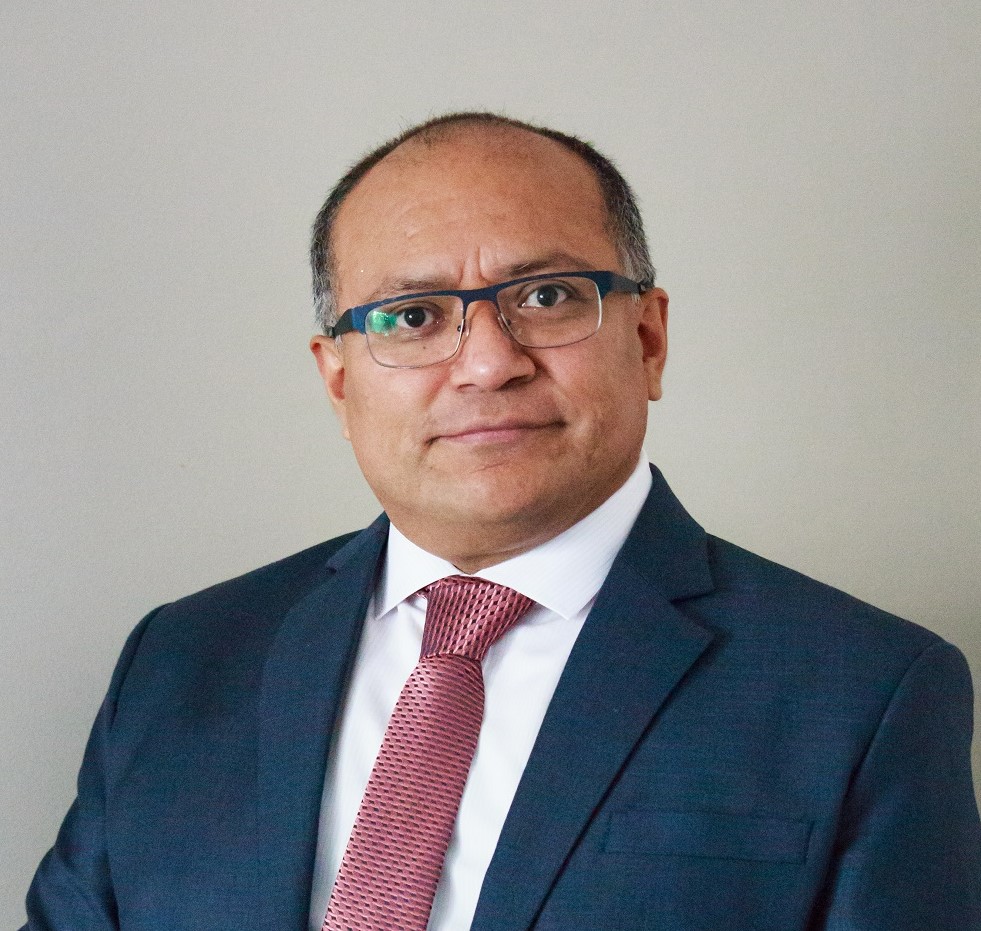
The village of Carbon passed its 2023 operating budget and set its tax rate at a June 26 special council meeting.
The council presented its 2023 operating budget which shows revenues of $1,815,223.48. Of which, $593,302.70 is budgeted to come from taxation. This compared to its budget in 2022 which showed a total revenue of $1,523,730.39.
Carbon, like many communities, was buoyed along by a higher assessment compared to last year. This year its total assessment was $47,931,000. This means the village did not have to raise its mill rate to meet its revenue needs.
The residential and farmland municipal mill rate was set at 11.2687. Adding in the Alberta School Foundation rate of 2.5600 mills and its Senior Foundation requisitions of 0.400, the combined residential tax rate was set at 13.86870. According to the Alberta Government regional dashboard, the 2022 mill rate was 13.09.
“There is enough increases with cost of living, fuel and taxes, it never stops,” said Mayor Bryan Peever at the meeting. “I think it was great that it was zero this year even without borrowing bylaw.”
He noted the mill rate is lower than Rockyford’s.
While there is a zero percent increase in the mill rate, individual taxes will vary based on assessment. This means if the assessed value of a property is higher than in 2022, individual property taxes may increase.
The village also set its non-residential mill rates. This combined tax rate is 17.80260 mills.
Council also passed first reading of Borrowing Bylaw 2023-876 at the June 26 meeting. This is to borrow $700,000 to finance its Capital replacement program. The full sum of the project is $972,877.54.
According to the motion, the municipality shall repay the indebtedness according to the repayment structure in effect, namely semi-annual or annual equal payments of combined principal and interest installments not to exceed fifteen (15) years calculated at a rate not exceeding the interest rate fixed by the Alberta Capital Finance Authority or another authorized financial institution, on the date of the borrowing, and not to exceed 6.5% percent.
Administration noted work on the project is expected this fall.
“Taxes will not have to go up to cover this. This year is zero, and we actually gain more money back,” said Peever.









